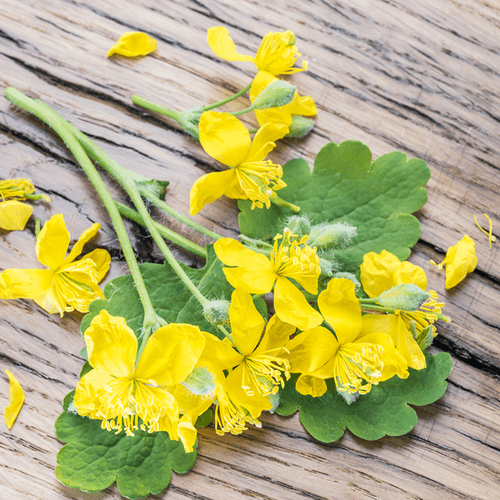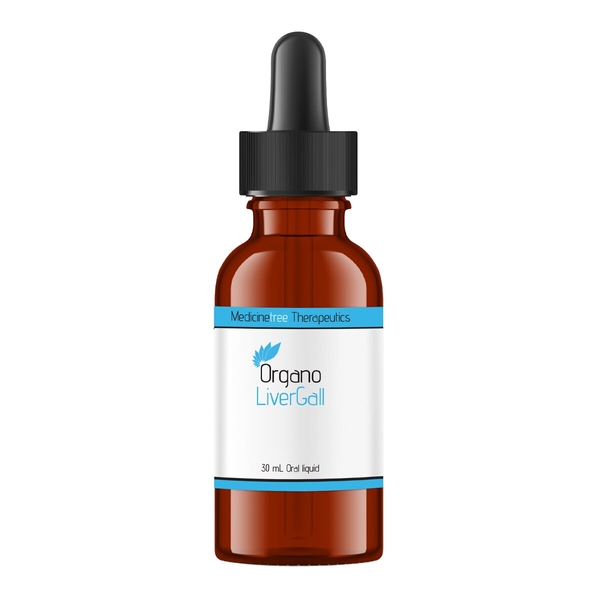
Background
People use greater celandine for conditions such as cancer, problems with the digestive tract, liver and gallbladder disorders, and many other conditions, but there is no good scientific evidence to support these uses. Using greater celandine can also be unsafe.
Safety Safety definitions
When applied to the skin: Not enough is known about the safety of greater celandine when applied to the skin. It can cause allergic skin rash in some people.
When given by IV: Not enough is known about the safety of giving greater celandine products intravenously. Stay on the safe side and avoid use.
Special Precautions & Warnings:
Pregnancy and breast-feeding: There is not enough reliable information about the safety of taking greater celandine if you are pregnant or breast-feeding. Stay on the safe side and avoid use."Auto-immune diseases" such as multiple sclerosis (MS), lupus (systemic lupus erythematosus, SLE), rheumatoid arthritis (RA), or other conditions: Greater celandine might cause the immune system to become more active. This might increase the symptoms of auto-immune diseases. If you have one of these conditions, it's best to avoid using greater celandine.
Blockage of the bile duct (bile duct obstruction): Some greater celandine extracts appear to increase the flow of bile. There is a concern that this might make bile duct obstruction worse.
Liver disease, including hepatitis: There is some evidence that greater celandine can cause hepatitis. Don't use greater celandine if you have liver disease.
Effectiveness
- Indigestion (dyspepsia). Some research suggests that taking a specific product (Iberogast, Medical Futures, Inc) containing greater celandine, peppermint leaf, German chamomile, caraway, licorice, clown's mustard plant, lemon balm, angelica, and milk thistle by mouth for 4 weeks reduces severity of acid reflux, stomach pain, cramping, nausea, and vomiting.
- Cancer. Early research suggests that injecting a greater celandine product intravenously under medical supervision improves survival in some people with colorectal, bladder, pancreatic, or breast cancer. However, the studies showing this benefit have been criticized because they weren't well designed. Also some research shows that high doses of this product may be poisonous. Still, other early research shows that taking a solution of a greater celandine mixture by mouth for 2 weeks might have antitumor effects in people with cancer of the esophagus.
- Arthritis.
- Blister rashes.
- Gout.
- High blood pressure.
- Irregular menstrual periods.
- Loss of appetite.
- Pain and swelling (inflammation).
- Scabies.
- Spasms in the digestive tract.
- Stomach flu.
- Toothache.
- Warts.
- Other conditions.
Dosing & administration
BY MOUTH:
- For upset stomach: 1 mL three times daily of a specific combination product containing greater celandine plus peppermint leaf, German chamomile, caraway, licorice, clown's mustard plant, lemon balm, angelica, and milk thistle. (Iberogast, Medical Futures, Inc) over a period of 4 weeks.
Interactions with pharmaceuticals
Medications changed by the liver (Cytochrome P450 2D6 (CYP2D6) substrates)
Interaction Rating=Moderate Be cautious with this combination.
Some medications are changed and broken down by the liver. A chemical in greater celandine might decrease how quickly the liver breaks down some medications. Taking greater celandine along with some medications that are changed by the liver can increase the effects and side effects of your medication. Before taking greater celandine, talk to your healthcare provider if you take any medications that are changed by the liver.
Some medications that are changed by the liver include amitriptyline (Elavil), clozapine (Clozaril), codeine, desipramine (Norpramin), donepezil (Aricept), fentanyl (Duragesic), flecainide (Tambocor), fluoxetine (Prozac), meperidine (Demerol), methadone (Dolophine), metoprolol (Lopressor, Toprol XL), olanzapine (Zyprexa), ondansetron (Zofran), tramadol (Ultram), trazodone (Desyrel), and others.
Medications for depression (MAOIs)
Interaction Rating=Moderate Be cautious with this combination.
A chemical in greater celandine has similar activity to some medications for depression. Taking greater celandine along with certain medications for depression might increase the risk of side effects of these medications. These medications include phenelzine (Nardil), tranylcypromine (Parnate), and others.
Medications that can harm the liver (Hepatotoxic drugs)
Interaction Rating=Moderate Be cautious with this combination.
Greater celandine might harm the liver. Taking greater celandine along with medication that might also harm the liver can increase the risk of liver damage. Do not take greater celandine if you are taking a medication that can harm the liver.
Some medications that can harm the liver include acetaminophen (Tylenol and others), amiodarone (Cordarone), carbamazepine (Tegretol), isoniazid (INH), methotrexate (Rheumatrex), methyldopa (Aldomet), fluconazole (Diflucan), itraconazole (Sporanox), erythromycin (Erythrocin, Ilosone, others), phenytoin (Dilantin), lovastatin (Mevacor), pravastatin (Pravachol), simvastatin (Zocor), and many others.
Before taking greater celandine, talk with your healthcare professional if you take any medications.
Medications that decrease the immune system (Immunosuppressants)
Interaction Rating=Moderate Be cautious with this combination.
Greater celandine might make the immune system more active. Taking greater celandine along with medications that decrease immune system function might decrease the effectiveness of these medications.
Some medications that decrease immune system function include azathioprine (Imuran), basiliximab (Simulect), cyclosporine (Neoral, Sandimmune), daclizumab (Zenapax), muromonab-CD3 (OKT3, Orthoclone OKT3), mycophenolate (CellCept), tacrolimus (FK506, Prograf), sirolimus (Rapamune), prednisone (Deltasone, Orasone), corticosteroids (glucocorticoids), and others.
Interactions with herbs & supplements
Interactions with foods
Action
Products
View all products- Chelidonium majus
- Lycopodium clavatum (Clubmoss)
- Kalium carbonicum
- Argentum nitricum
- Acidum phosphoricum
- Podophyllum peltatum
- Magnesium phosphate (Mag phos)
- Natrium sulphuricum (Nat sulph)




